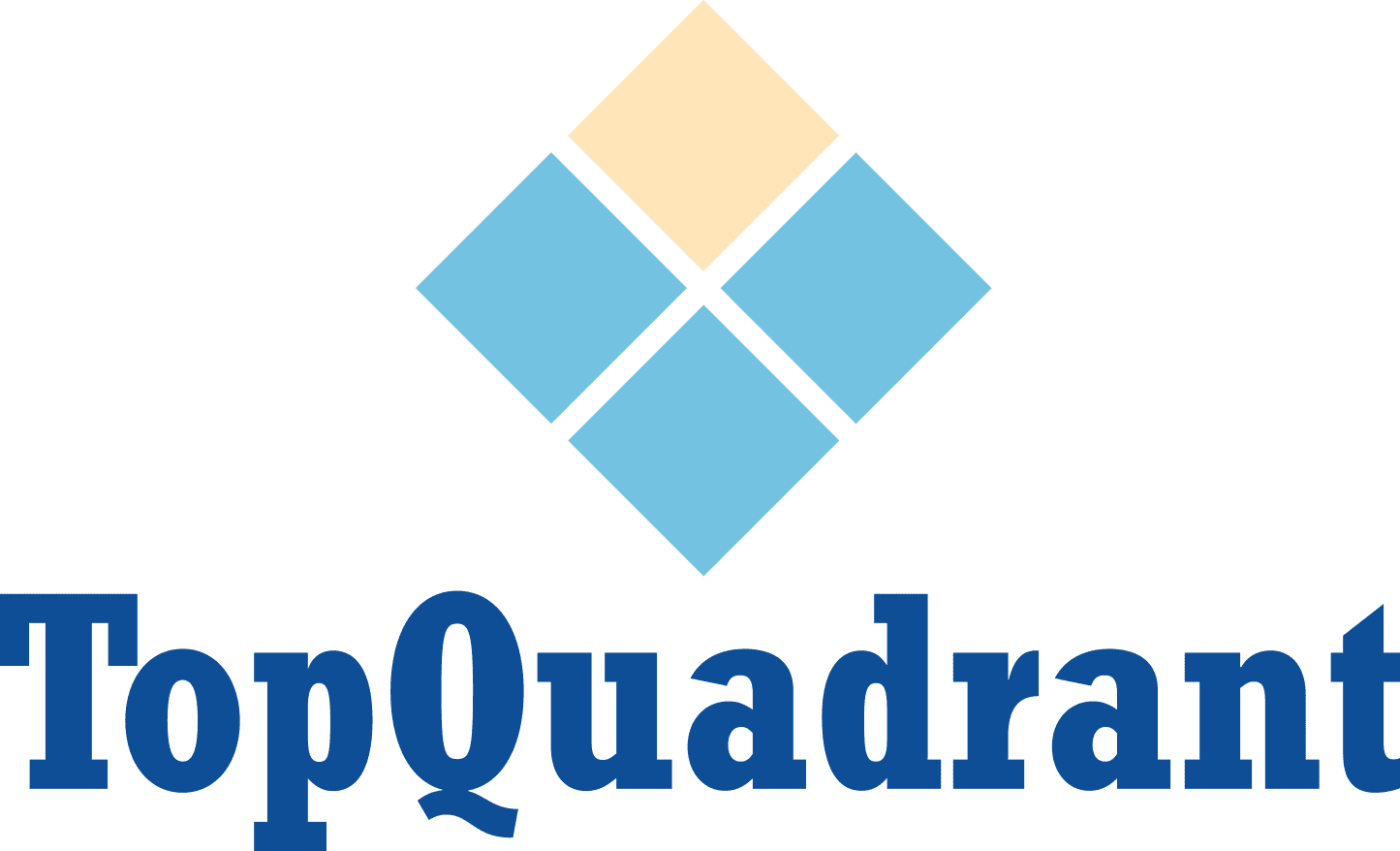To view just the slides from this presentation, click HERE>>
This webinar is sponsored by:
About the Webinar
We are in the era of graphs. Graphs are hot. Why? Flexibility is one strong driver: Heterogeneous data, integrating new data sources, and analytics all require flexibility. Graphs deliver it in spades.
Over the last few years, a number of new graph databases came to market. As we start the next decade, dare we say “the semantic twenties,” we also see vendors that never before mentioned graphs starting to position their products and solutions as graphs or graph-based.
Graph databases are one thing, but “Knowledge Graphs” are an even hotter topic. We are often asked to explain Knowledge Graphs.
Today, there are two main graph data models:
- Property Graphs (also known as Labeled Property Graphs)
- RDF Graphs (Resource Description Framework) aka Knowledge Graphs
Other graph data models are possible as well, but over 90 percent of the implementations use one of these two models. In this webinar, we will cover the following:
I. A brief overview of each of the two main graph models noted above
II. Differences in Terminology and Capabilities of these models
III. Strengths and Limitations of each approach
IV. Why Knowledge Graphs provide a strong foundation for Enterprise Data Governance and Metadata Management
About the Speaker
Irene Polikoff
CEO and Co-Founder, TopQuadrant

Irene Polikoff has more than two decades of experience in software development, management, consulting, and strategic planning. Since co-founding TopQuadrant in 2001, Irene has been involved in more than a dozen projects in government and commercial sectors. She has written strategy papers, trained customers on the use of the Semantic Web standards, developed ontology models, designed solution architectures, and defined deployment processes and guidance.
